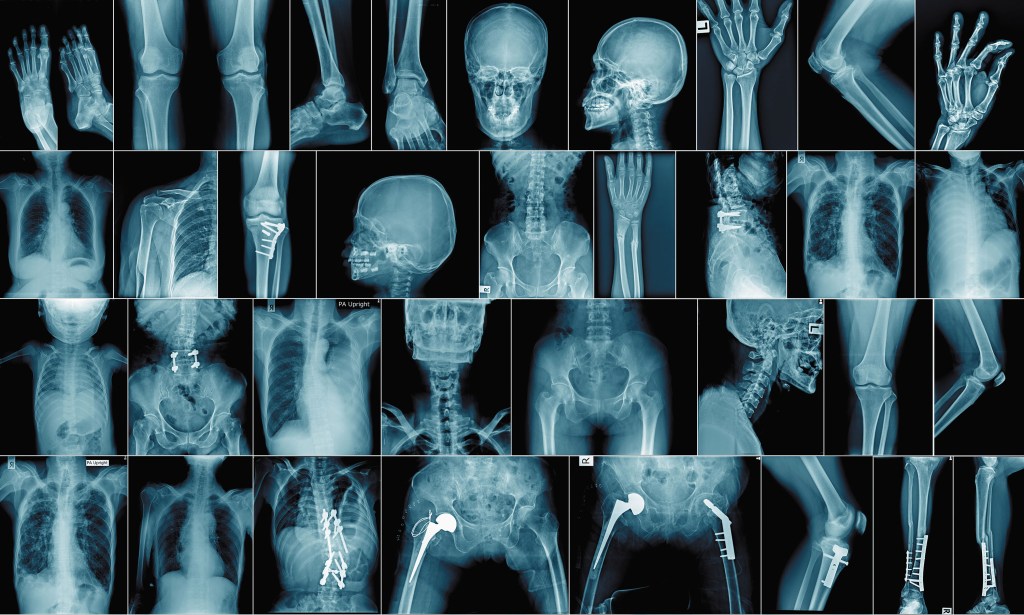What’s Next for Driverless Cars?

By: Margie Monin Dombrowski
According to “Marketplace of Change: Automobile Insurance in the Era of Autonomous Vehicles,” while mass adoption of fully autonomous vehicles won’t occur for several years, the effects of current capabilities such as automatic parking, lane keeping assist, traffic assist, speeding sensors and traffic sensors are already leading to fewer accidents and a drop in industry loss costs.
“Cars are getting increasingly safer, so as the loss frequency reduces over time and premiums follow loss costs, we believe that the size of the auto insurance industry pie will shrink over time,” says Jerry Albright, principal in KPMG’s actuarial and insurance risk practice.
Roughly half of American households own two cars, with one sitting unused 90% of the time, according to Joe Schneider, managing director at KPMG Corporate Finance LLC. As car sharing catches on, Schneider predicts many two-car families will drop the second car in favor of supplemental transportation.
But even as personal auto insurance declines in light of automation and car-sharing services, product liability and commercial lines will continue to grow. As cars begin to make more of the driving decisions through software and algorithms, expect more product liability for auto manufacturers, OEMs and suppliers in the future.
“Public companies are talking about the fully autonomous age now, and what does that mean for insurance?” Schneider asks. “To be fully prepared for autonomous vehicles, we’re talking about a whole new world of business. People need to understand how you underwrite risk in this new world, how you service claims and a variety of different things they’ve never had to contemplate to that degree yet in their history.”
In other words, radical changes to the existing auto insurance sector are on the way. But “there’s also an opportunity for insurance companies to get ahead of the curve and seize the market shifts to their advantage,” Albright says. “As insurance companies potentially diversify into other areas, [they will have to determine] what role will the agent play, and how will they do that? They will be at the front lines of change.”
Margie Monin Dombrowski is an IA contributor.
The Road AheadThe adoption of autonomous vehicles will take time, but insurers need to take precautions today to stay relevant. “Insurers need to start thinking about product extensions and getting into different lines of business, whether that’s insurance or other financial services,” Schneider says. Strategic options to consider include:
|










